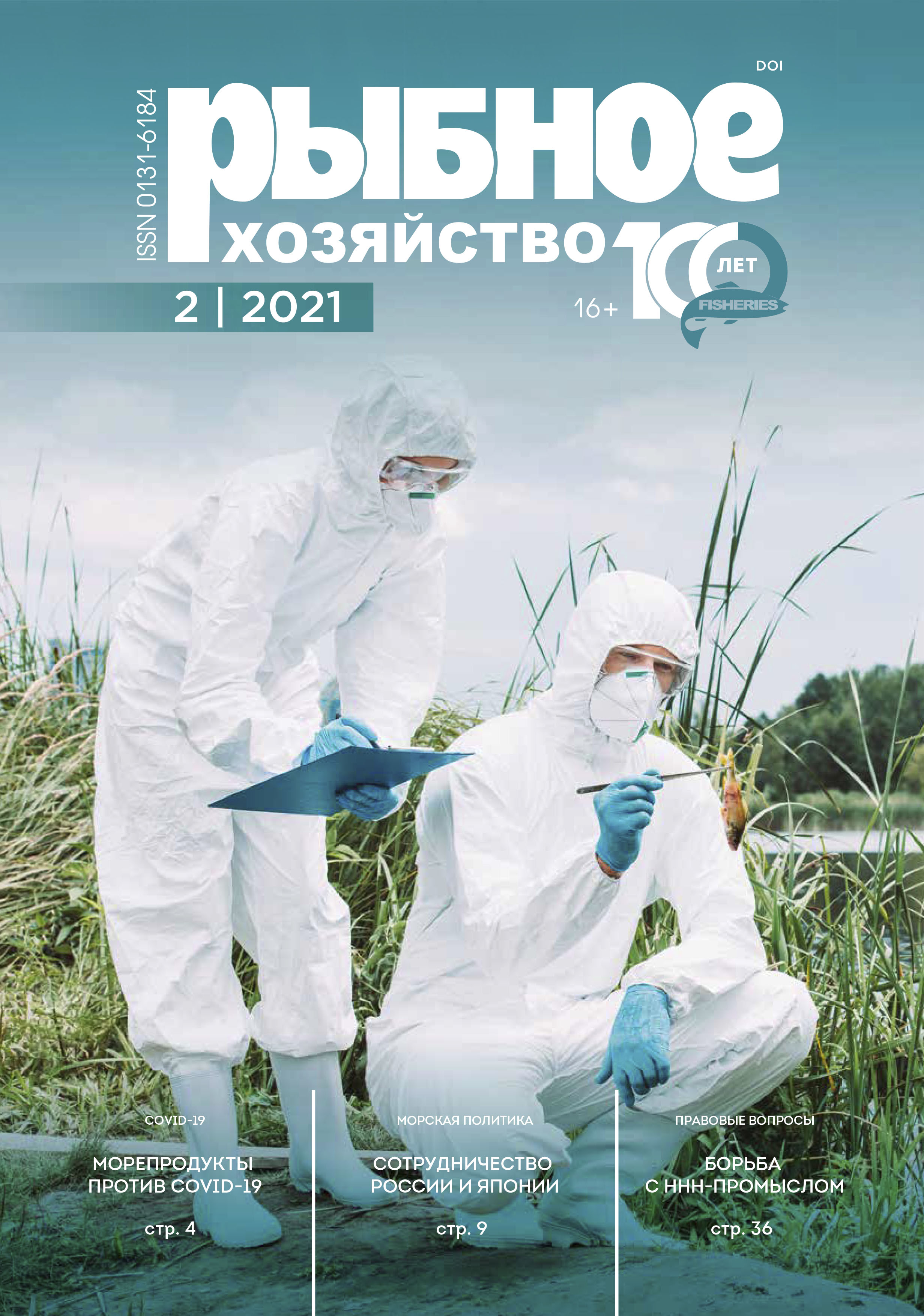Russian Federation
Russian Federation
UDC 57
CSCSTI 65.55
Russian Classification of Professions by Education 32.02.01
Russian Library and Bibliographic Classification 284
The growing competition in the market of food manufacturers in recent years makes more and more demands on the quality and consumer appeal of food products. The necessity of continuous improvement of the senso-ry properties of products determines high requirements for the professional knowledge of industrial technol-ogists. Today, there is no doubt that the food industry is experiencing a significant shortage of specialists who have systemic and commercially applicable knowledge of both the organoleptic analysis itself and the mechanisms of molecular transformations and processes that affect the formation of sensory properties of food. The modern scientific discipline "Molecular gastronomy" has significant potential for systematizing knowledge regarding mechanisms of chemical and physical changes that occur in a product during techno-logical processing, and their influence on the formation of organoleptic properties of products. We believe that the inclusion of this discipline in the educational process to study specialists of the directions "Food products of animal origin" and "Food products from vegetable raw materials" is highly-demanded and well-timed. In the fishing industry, the studying of technologists for this discipline can be implemented within the profiles ''Technology of products from aquatic biological resources'' and ''Food biotechnology of aquatic or-ganisms''. This discipline can be included both in the preparation of bachelors within these profiles, and in the educational program for the preparation of masters.
molecular gastronomy, educational program, master's degree, scientific discipline, training of technologists
1. Kim G.N. Sensornyy analiz produktov iz ryby i bespozvonochnyh. / G.N. Kim, I.N. Kim, T.M. Safronova, E.V. Megeda- SPb.: Lan'. - 2014. - 512 s.
2. Abang S., Chan E.-S., Poncelet D. Effects of process variables on the encapsulation of oil in ca-alginate capsules using an inverse gelation technique // J. Microencapsul. - 2012. - Vol. 29. - P. 417-428.
3. Barham P., Skibsted L.H., Breide W.L.P., Frøst M.B., Møller P., Risbo J., Snitkjær P., and Mortensen M. Molecular gastronomy: A new emerging scientific discipline // Chemical Reviews. - 2010. - № 110. - R. 2313-2365.
4. Caporaso N., Formisano D. Developments, Applications and Trends of Molecular Gastronomy among Food Scientists and Innovative Chefs // Food Reviews International. - 2016. - Vol. 32. - No. 4. - P. 417-435.
5. Cassi D., Bocchia E. Il gelato estemporaneo e altre invenzioni gastronomiche. - Sperling & Kupfer. - 2005. - 235 p.
6. Chandrapala J., Oliver C., Kentish, S., Ashokkumar M. Ultrasonics in food processing // Ultrason. Sono-chem. - 2012. - Vol.19. - P. 975-983.
7. Dermiki M., Mounayar R., Suwankanit C., Scott J., Kennedy O.B., Mottram D.S., Gosney M.A., Blumen-thal H., Methven L. Maximising umami taste in meat using natural ingredients: Effects on chemistry, sensory perception and hedonic liking in young and old consumers // J. Sci. Food Agric. - 2013. - No. 93. - P. 3312-3321.
8. Fu H., Liu Y., Adrià F., Shao, X., Cai, W., Chipot, C. From material science to avant-garde cuisine: The art of shaping liquids into spheres // J. Phys. Chem. B. - 2014. - Vol. 118. - P. 11747-11756.
9. García-Segovia P., Andrés-Bello A., Martínez-Monzó J. Effect of cooking method on mechanical proper-ties, color and structure of beef muscle (M. pectoralis) // J. Food Eng. - 2007. - No.80. - P. 813-821.
10. Iida Y., Tuziuti T., Yasui K., Towata A., Kozuka T. Control of viscosity in starch and polysaccharide solutions with ultrasound after gelatinization // Innov. Food Sci. Emerg. Technol. - 2008. - Vol. 9. - P. 140-146.
11. Ivanovic S., Mikinac K., Perman L. Molecular gastronomy in function of scientific implementation in practice // UTMS J. Econ. - 2011. - No. 2. - P. 139-150.
12. Jayasooriya S.D., Torley P., D’arcy B.R., Bhandari B.R. Effect of high power ultrasound and ageing on the physical properties of bovine semitendinosus and longissimus muscles // Meat Sci. - 2007. - Vol. 75. - P. 628-639.
13. Jeong K O H, Shin S.Y, Kim Y.-S. Effects of sous-vide method at different temperatures, times and vacuum degrees on the quality, structural, and microbiological properties of pork ham // Meat Science. - 2018. - Vol. 143. - P. 1-7.
14. Mielby L.H., Frøst M.B. Expectations and surprise in a molecular gastronomic meal // Food Qual. Prefer. - 2010. - Vol. 21. - P. 213-224.
15. Myhrvold N., Smith R.M. Modernist Cuisine; Taschen: Cologne, Germany, 2011.
16. Oruna-Concha M.-J., Methven L., Blumenthal H., Young C., Mottram D.S. Differences in glutamic acid and 5’-ribonucleotide contents between flesh and pulp of tomatoes and the relationship with umami taste // J. Agric. Food Chem. - 2007. - No.55. - P. 5776-5780.
17. Spence C. Gastrophysics: The New Science of Eating. - Penguin. - 2017. - 336 p.
18. This H., Rutledge D. Analytical methods for molecular gastronomy // Anal. Bioanal. Chem. - 2009. - Vol. 394. - P 659-661.
19. Vega C., Ubbink J., Van der Linden, E. The Kitchen As Laboratory: Reflections on the Science of Food and Cooking. - Columbia University Press: New York. - 2012. - 336 p.
20. Wansink B., Van Ittersum K., Painter J.E. How descriptive food names bias sensory perceptions in res-taurants // Food Qual. Prefer. - 2005. - Vol. 16. - P. 393-400.
21. Yeomans M.R., Chambers L., Blumenthal H., Blake A. The role of expectancy in sensory and hedonic evaluation: The case of smoked salmon ice-cream // Food Qual. Prefer. - 2008. - No.19. - P. 565-573.











